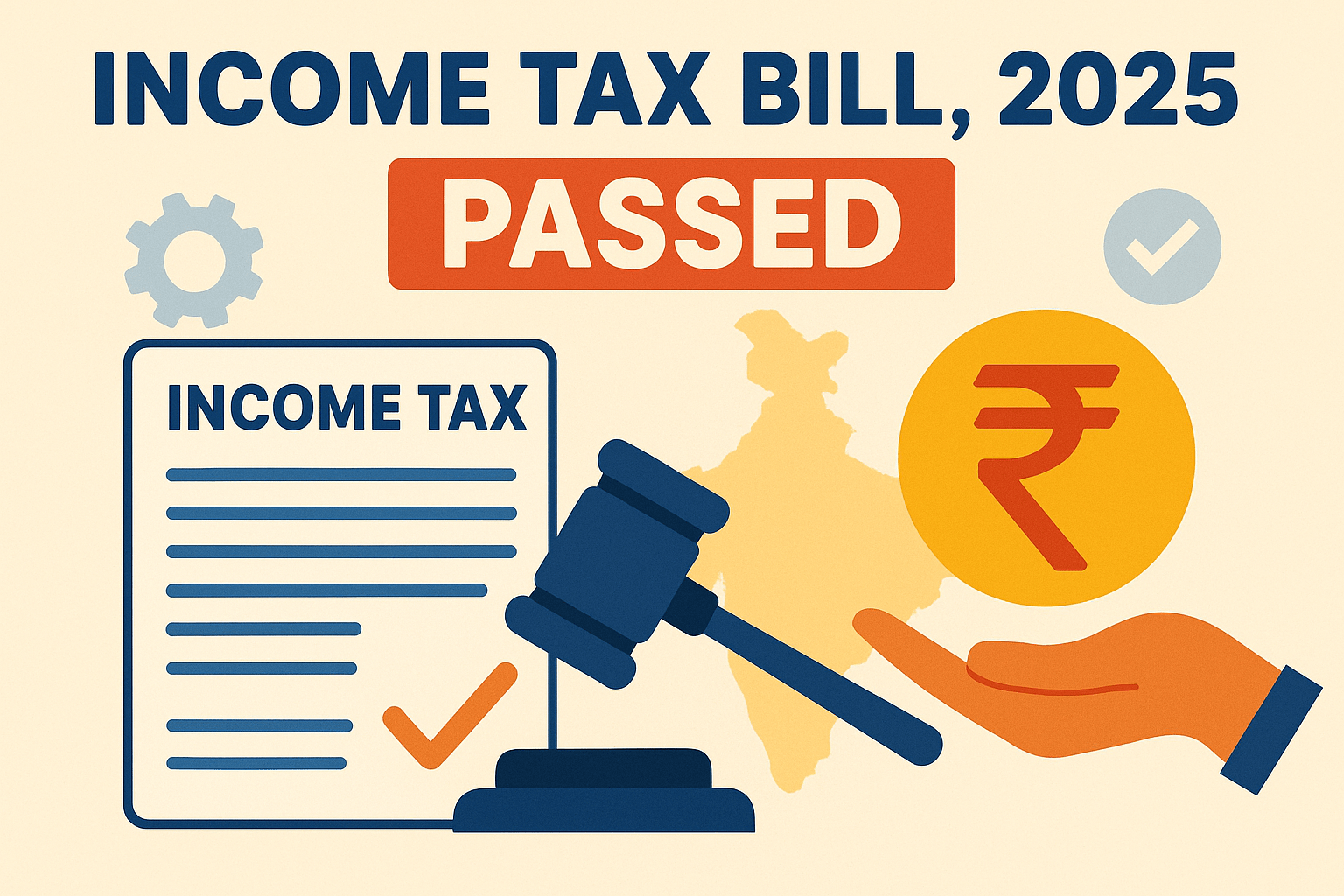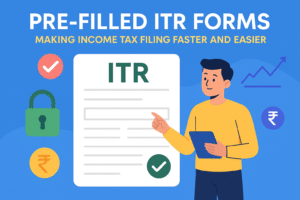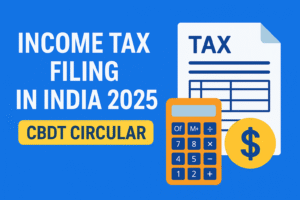The Lok Sabha yesterday passed the much-anticipated Income Tax (No. 2) Bill, 2025, replacing the six-decade-old Income Tax Act, 1961. This marks one of the most significant reforms in India’s taxation history, aimed at simplifying the tax structure, making compliance easier, and introducing a more transparent and digital-first system.
1. Background – Why the Change Was Needed
The Income Tax Act, 1961, had grown to over 819 sections, filled with complex provisions and decades of amendments. This complexity often led to compliance challenges, lengthy disputes, and administrative delays.
The new bill seeks to:
- Streamline tax laws by reducing sections from 819 to 536.
- Encourage ease of doing business by creating a simpler legal framework.
- Introduce technology-driven processes for faster and more transparent assessments.
2. Key Highlights of the Income Tax Bill, 2025
a) Higher Basic Exemption Limit
- ₹12 lakh basic exemption limit retained from the draft bill earlier this year.
- Designed to provide greater relief to middle-class taxpayers.
b) Restructured and Simplified Law
- Reduction of sections from 819 to 536.
- Organised into 23 clear chapters for easier navigation.
- Many overlapping and outdated provisions removed.
c) Faceless and Digital-First Assessments
- All scrutiny and assessment proceedings to be faceless.
- Reduces chances of harassment and brings uniformity in decision-making.
- Notices and communications to be issued digitally.
d) Faster Refunds & Post-Deadline Relief
- Refunds will now be processed faster, even for returns filed after the deadline.
- Certain penalties and interest charges rationalised.
e) Mandatory Notices Before Enforcement Actions
- Tax authorities must issue a show-cause notice before initiating enforcement actions, ensuring due process.
f) Clarifications on House Property Income
- Clear rules for:
- Standard deduction on house property income.
- Pre-construction interest deduction eligibility.
- Aims to reduce disputes between taxpayers and authorities.
3. Benefits for Taxpayers
| Category | Expected Benefit |
|---|---|
| Salaried Employees | Higher exemption limit reduces taxable income; simplified filing process. |
| Businesses | Easier compliance due to reduced complexity; faster resolution of disputes. |
| Property Owners | Clearer guidelines on deductions, reducing litigation risk. |
| All Taxpayers | Quicker refunds, less face-to-face interaction with tax officers. |
4. Expected Impact on the Economy
- Boost to Ease of Doing Business: Simplified tax laws encourage entrepreneurship and attract foreign investment.
- Increase in Tax Compliance: Digital systems reduce paperwork and make filing more accessible.
- Reduced Litigation: Clear provisions mean fewer grey areas for interpretation.
5. Expert Opinion
Tax experts believe this reform could be India’s GST-moment for direct taxes, similar to how GST simplified indirect taxes. The focus on digital assessments, reduced complexity, and higher exemptions could significantly change how individuals and businesses approach tax compliance.
6. What Taxpayers Should Do Now
- Review your income and deductions under the new provisions before filing for FY 2025-26.
- Keep digital records ready for any future assessments.
- Consult a tax advisor to understand changes specific to your situation.
Conclusion
The Income Tax Bill, 2025 is more than just a legal change—it’s a step towards a simpler, fairer, and more transparent taxation system in India. By retaining the ₹12 lakh exemption limit, reducing legal complexity, and leveraging technology for assessments, the government aims to ease the burden on taxpayers while ensuring better compliance.
If implemented effectively, this reform could mark the beginning of a new era in India’s tax administration.
Disclaimer: This article is for informational purposes only and should not be considered as professional tax advice. Please consult your Chartered Accountant or tax advisor for personalised guidance.






